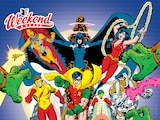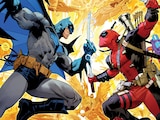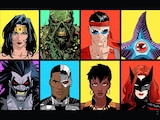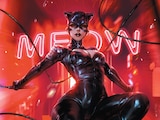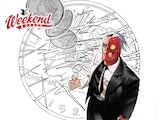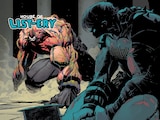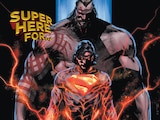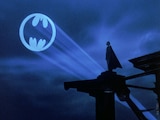Superman Month might be over, but we’ll let you in on a little secret: it never really ends. Here at DC.com, we celebrate Superman year-round. He’s kind of a big deal here and we have plenty to say about him. It’s our hope that in time, every one of you will enjoy Superman as much as we do, and we think a real key to that is the comics.
Of course, with 85 years of history, we understand that getting into Superman comics can be pretty intimidating. How do you know where to start? Well, if you’ve never read a Superman comic before, then my suggestion is to start with the 1986 limited series The Man of Steel. It can pretty much be considered “Superman season one.” The Man of Steel is available to read in its original six individual issues, or in one sitting in its trade paperback collection.
The Premise:
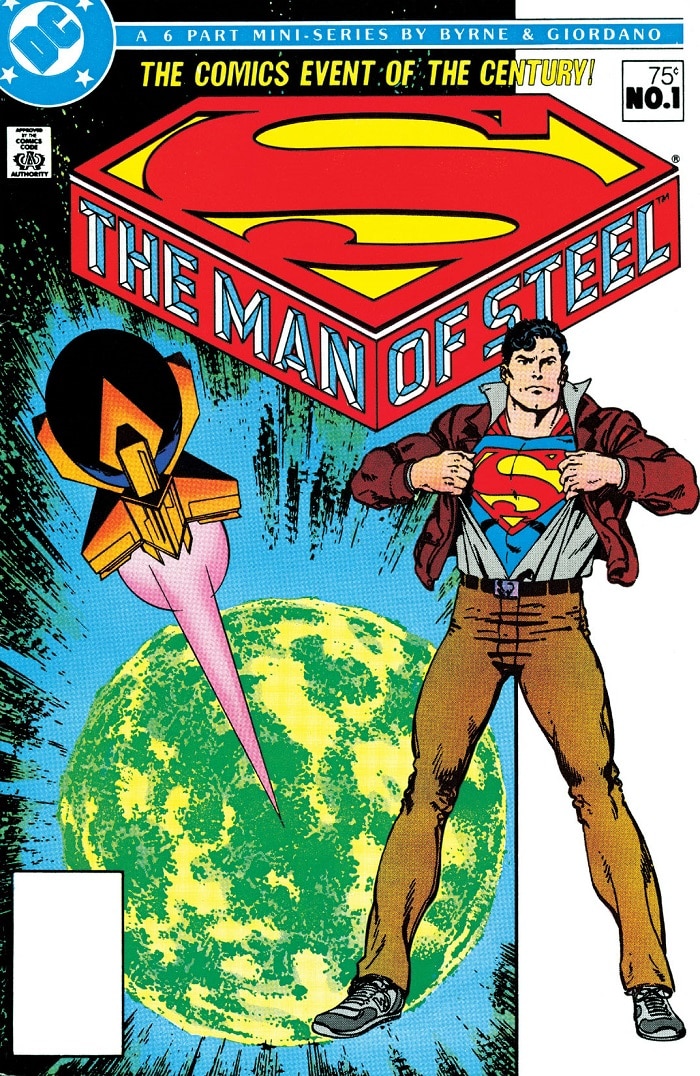
After the reality-altering events of Crisis on Infinite Earths, the Superman mythos was given a fresh start. Most of you already know the story of Superman’s origin, but chances are you’ve never seen it quite like this. In six issues, John Byrne tells Superman’s origins while introducing us to a revamped Lois Lane and a new version of Lex Luthor. Kal-El also has his first meeting with Batman, a strange encounter with a bizarre creature, and learns about his extraterrestrial origins. Don’t think of this as a retread of Superman—The Man of Steel modernizes the character, while incorporating all the classic elements which made him a great hero.
Let’s Talk Talent:
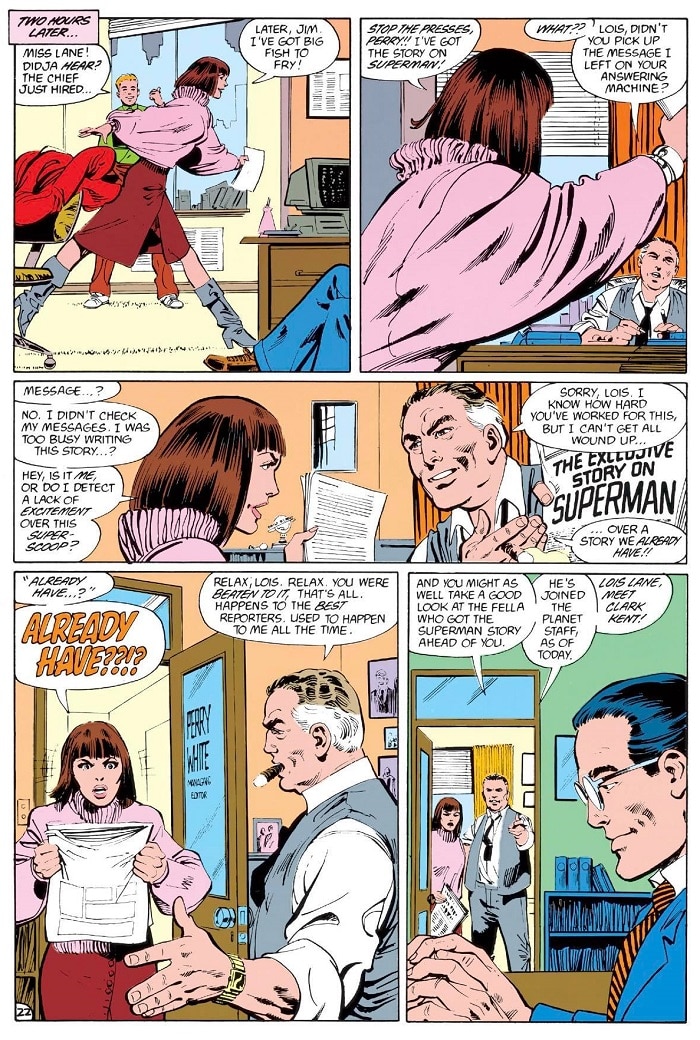
This series features John Byrne on double duty, as the legendary creator handles both the script and pencils. When Byrne put pencil to paper to draw The Man of Steel, it was about a lot more than simply illustrating his script. Byrne had to come up with new looks for Superman, his supporting cast, his super-villains and his entire world. This was the launch of a brand-new continuity. Everything established here would become the template for every other creator to follow. This also meant remaking Krypton from the ground up, both in look and in characterization.
Byrne understood the assignment and produced an iconic Superman limited series that has stood the test of time. Everything seems familiar, honoring what came before, but it also feels new and daring, which is a hard balance to achieve. Byrne was assisted by Dick Giordano, who inked the series. Giordano’s dynamic lines bring out the best in Bryne’s work, resulting in one of the most iconic Superman comics ever published.
A Few Reasons to Read:
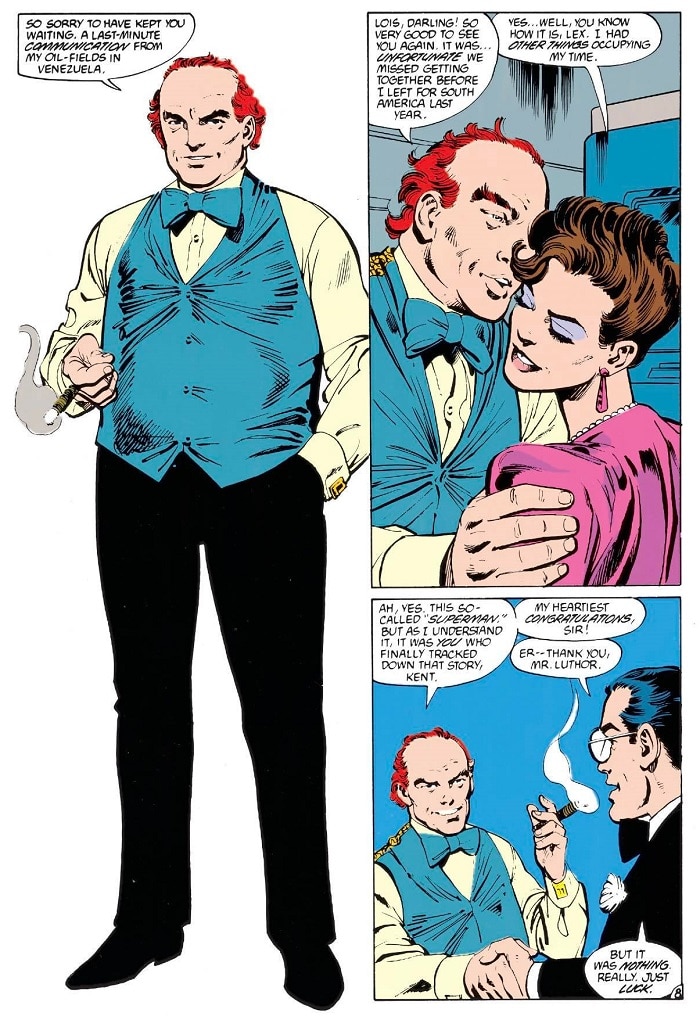
- If Superman comics were a television series, then The Man of Steel would be the first season. The limited series served as a launching pad for the next generation of Superman stories, with every comic building from its foundation. Character dynamics and relationships are seeded here, and these seeds play out for years across Superman’s many comics. If you have always wanted to get into Superman, this is where you start.
- This is the first appearance of Lex Luthor as a crooked business mogul. Prior to The Man of Steel, Lex was a mad scientist who loved performing grand criminal schemes. Thanks to some brainstorming between Marv Wolfman and John Byrne, Lex Luthor was completely reinvented as a villain who hid his fiendish ways behind a benevolent businessman persona. This is the version of Lex that has been seen in almost every iteration of Superman media since.
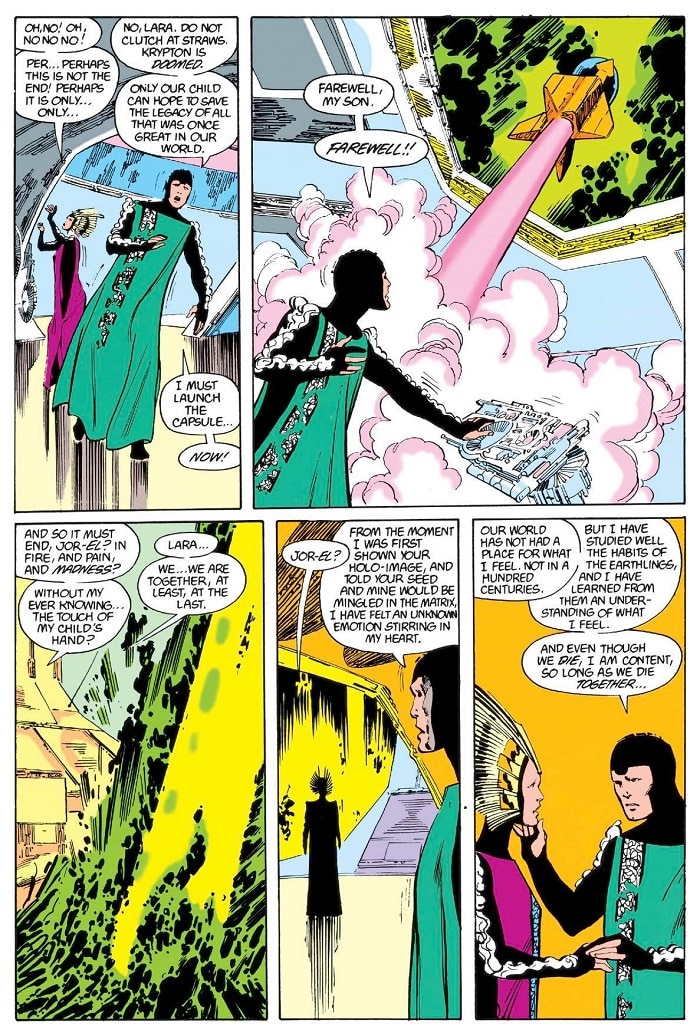
- The Man of Steel makes a lot of other fun additions to the mythos. Jonathan and Martha Kent survived to see their son’s heroic career, subverting past versions of Superman’s origin story. Lana Lang and Superman’s relationship was also reinvented, with Lana now aware of Clark’s secret identity. The word of Krypton was completely remade, and even some of Superman’ powers were given new explanations.
- Although this series remakes Superman from the ground up, it also does a great job of honoring the character’s grand legacy. Elements of Superman: The Movie and Superman’s Golden Age adventures are worked into the DNA of Clark’s new origin.
- As James Gunn begins production on the film Superman: Legacy, The Man of Steel is essential comic reading. In just six issues, John Byrne tells you everything you need to know about Superman and his world. While we don’t know how much of it will influence Gunn’s upcoming movie, the limited series is still a great character study on Clark Kent, which will whet your appetite for DC Studios’ upcoming motion picture.
Why It’s Worth Your Time:
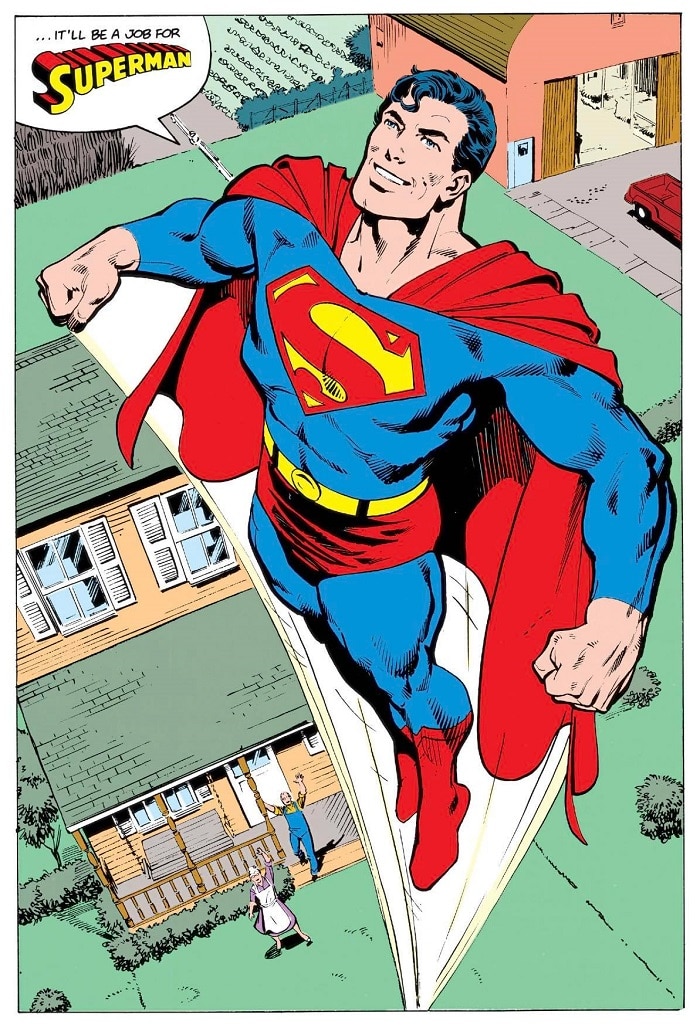
If it wasn’t for The Man of Steel, there is no telling what Superman would look like today. Next to his Golden Age beginnings, The Man of Steel is probably the biggest turning point in the character’s publishing history. Although this comic is 37 years old, it has aged wonderfully. It still holds up well as an entertaining story with breathtaking artwork.
If this limited series leaves you hungry for more, DC UNIVERSE INFINITE has made it easy to continue the journey. Superman: The Man of Steel Vol. 2 collects the comics which were published immediately after the limited series, along with subsequent volumes. The character development and subplots will make you feel like you’re powering through a television series. (Your local comic shop should also have all of these books available in print.)
Maybe you’ve been a fan of Superman from the movies and television shows for a long time, but have never known where to start when it comes to his comics. Maybe you’re a longtime comic reader who wants to see how it all began. Whatever your Superman origin story is, The Man of Steel is a great weekend escape, which makes for a phenomenal reading experience.
The Man of Steel by John Byrne with Dick Giordano is available as a part of the trade paperback collection, Superman: The Man of Steel Vol. 1. It can also be read in full on DC UNIVERSE INFINITE.
Joshua Lapin-Bertone writes about TV, movies and comics for DC.com, is a regular contributor to the Couch Club and writes our monthly Batman column, "Gotham Gazette." Follow him on Twitter at @TBUJosh.
NOTE: The views and opinions expressed in this feature are solely those of Joshua Lapin-Bertone and do not necessarily reflect those of DC Entertainment or Warner Bros., nor should they be read as confirmation or denial of future DC plans.

